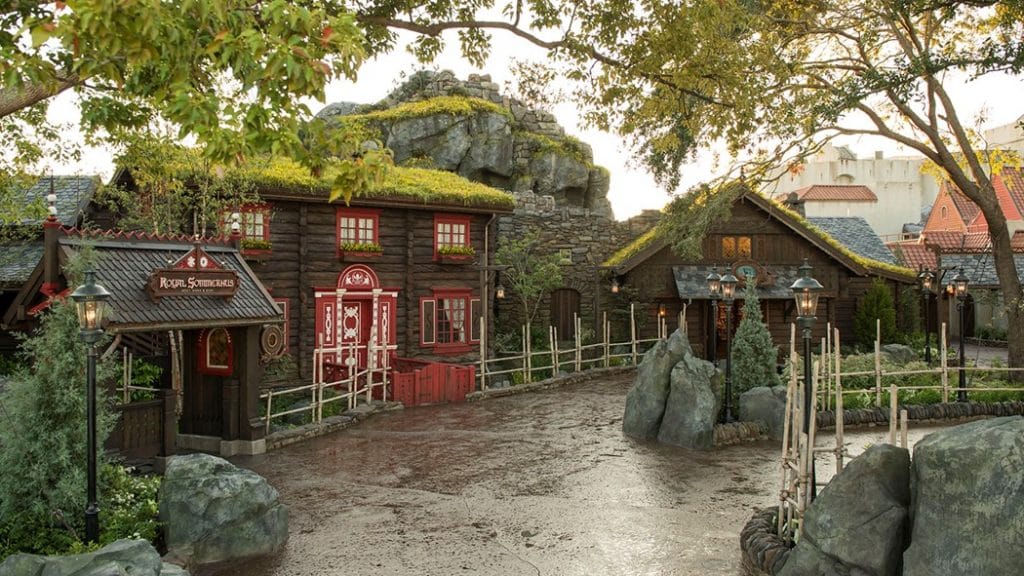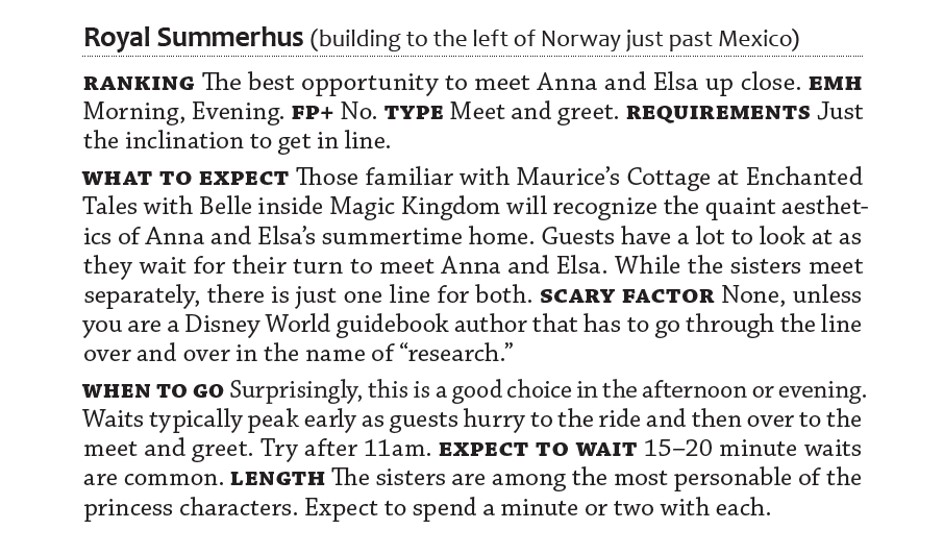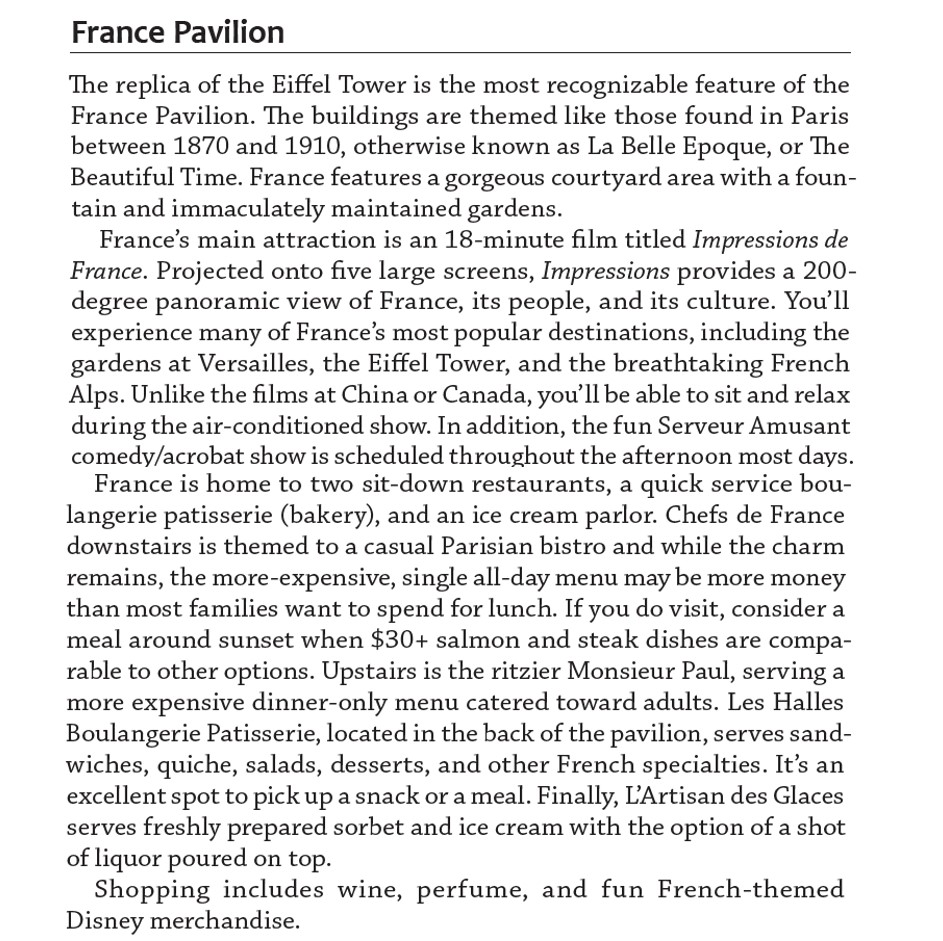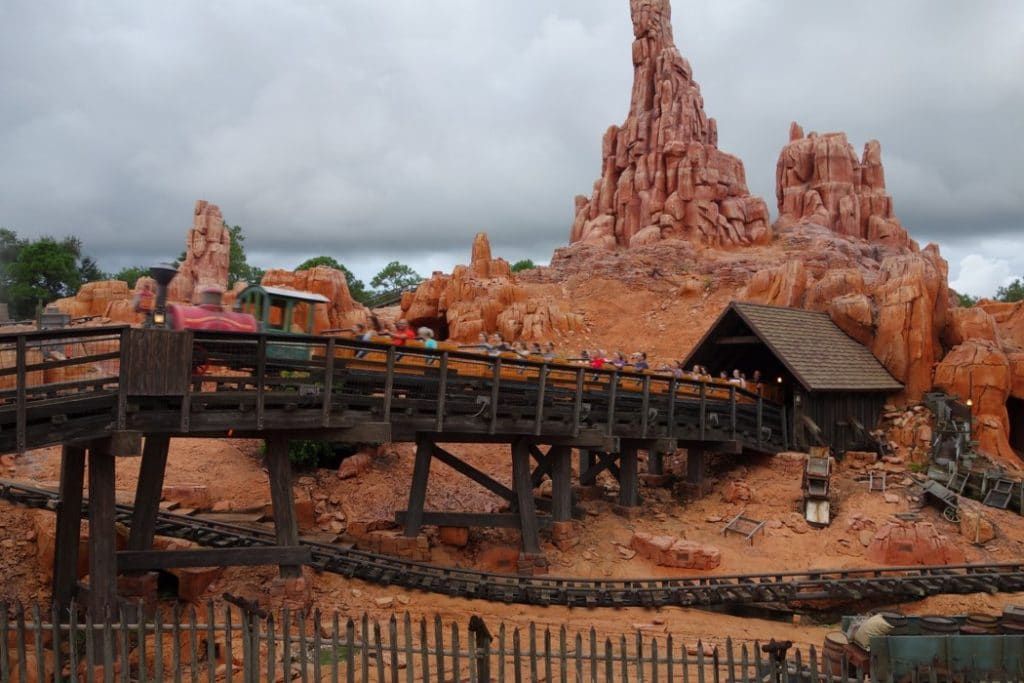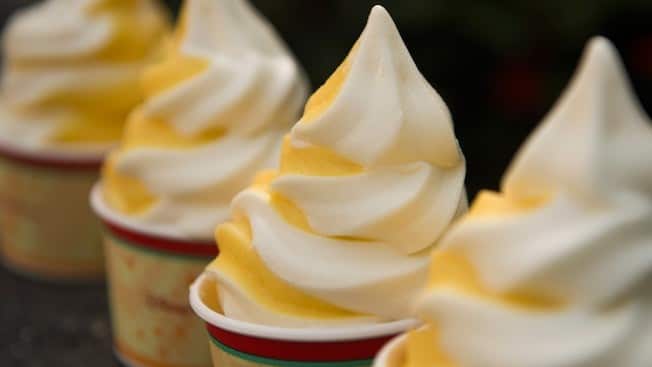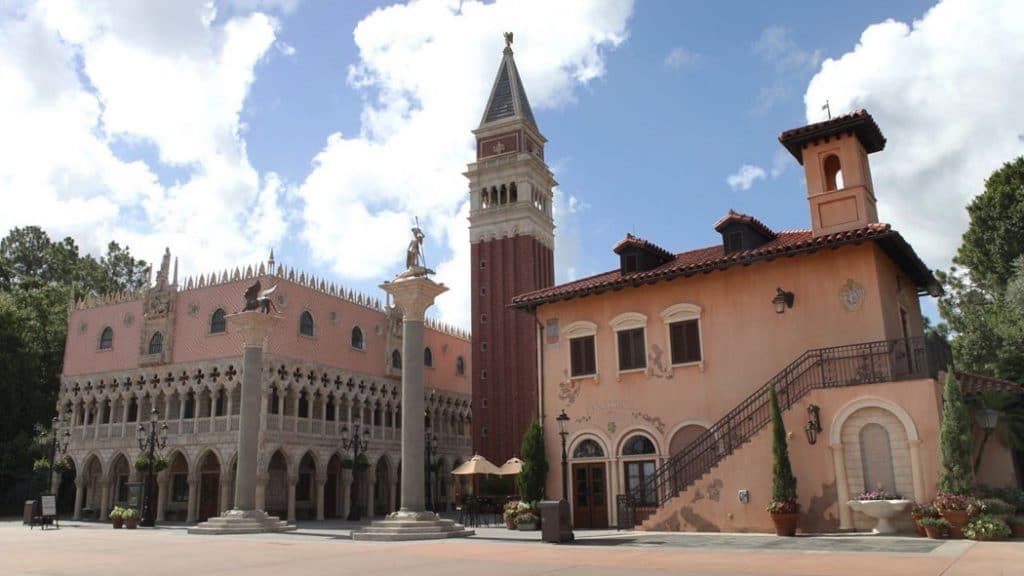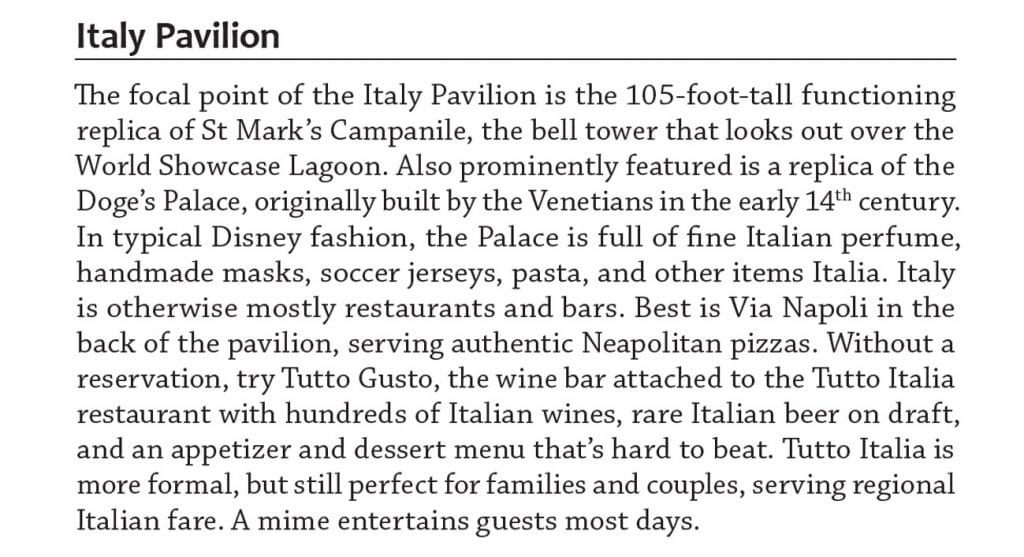Category — A Friday Visit with Jim Korkis
A Friday Visit with Jim Korkis: Blaze Pizza
Welcome back to Fridays with Jim Korkis! Jim, the dean of Disney historians and author of Jim’s Gems in The easy Guide, writes about Walt Disney World history every Friday on yourfirstvisit.net.
BLAZE PIZZA AT DISNEY SPRINGS
By Jim Korkis
Blaze Pizza took over the space in Town Center at Disney Springs that used to be occupied by the town’s lumber mill – The Buena Vista Timber Company established in 1868. It opened August 5, 2016.
The restaurant design includes elements reminiscent of the workings of a saw mill from a prop wood planer to the layout of the dining room where the tables and benches are arranged in rows to suggest logs that have been pulled up to the mill from the springs.
The Cypress wood panels that line the counter have a rough hewn bark edge. Log hooks hold up the menu signs. Vaulted ceilings and open trusses throughout give an open and airy atmosphere to suggest the vastness of the original mill.
The building is a showcase of the evolution of wood construction — from early, traditional timber framing to modern-day feats of high-strength wood engineering. To highlight the change, the restaurant uses single species wood in the open kitchen and ordering area.
Materials then transition to multi-species wood in the indoor dining room. The design on the outdoor patio features furniture made from eco-friendly, reclaimed wood and sawdust composite.
Award-winning Los Angeles designer Ana Henton worked with Morris Architects to bring the project to life.
On the wall under a sheet of laminate is a cross section of a log with the following description:
“This ‘sinker’ Cypress log was recovered in 2013 from Florida’s Apalachicola River where it was buried under more than two feet of river slit. At the time of its recovery, the log was estimated to weigh nearly 6,000 pounds and span just under fourteen feet in length. Experts believe the Cypress was approximately 350 years old when it was felled in 1812.
“Through careful work of a team of craftsmen, the log was split and sawn into wood used in this structure. The result of this effort is a material that displays timeless beauty, is environmentally sound, and represents a time capsule from our nation’s earliest days.”
Blaze Pizza is in a 5,000 square foot building with seating for approximately two hundred people. The first Blaze Pizza restaurant opened on August 6, 2012, in Irvine, California. It now has over 150 franchises in 31 states and Canada but none in a themed restaurant environment like this one.
Because of the business’ stated commitment to “Intelligent Choices for Our Pizzas, People & Planet,” all dough is made in-house, pizza and salad ingredients are free from artificial colors, flavors and preservatives, and the restaurant uses only eco-friendly packaging.
The concept for the restaurant is that the guest gets to build an artisanal custom pizza from selecting a variety of toppings and then the hot ovens cook it in one of the two open hearth ovens in roughly three minutes or less.
“When you think about the story of a Disney restaurant, it is the ambience, it is the structure, and the storyline that comes with the structure,” stated Teresa Roth, director of food and beverage operations integration at Walt Disney Parks and Resorts.
“We’re fortunate with our Imagineering partners; they have created a great storyline. It’s then taking that great storyline and creating it into a living, breathing document. The last thing you want is for somebody three years later not understand the story or the ‘why’ behind some of the elements.”
“We are excited to be part of the new Disney Springs expansion where we get the chance to introduce our super-fast artisanal pizza to guests from around the world,” says Rick Wetzel, cofounder of Blaze Pizza.
“True to Disney’s high standards, we have built an amazing flagship restaurant that will include interesting architectural elements, great service, and fantastic meals.”
* * * * *
Thanks, Jim! My co-author Josh has a review of Blaze Pizza here on easyWDW.com.
And come back next Friday for more from Jim Korkis!
In the meantime, check out his books, including his latest, Secret Stories of Disneyland, his Secret Stories of Walt Disney World: Things You Never You Never Knew, which reprints much material first written for this site, and his contributions to The easy Guide to Your Walt Disney World Visit, all published by Theme Park Press.
Follow yourfirstvisit.net on Facebook or Twitter or Pinterest!!
July 28, 2017 No Comments
A Friday Visit with Jim Korkis: The Royal Sommerhus
Welcome back to Fridays with Jim Korkis! Jim, the dean of Disney historians and author of Jim’s Gems in The easy Guide, writes about Walt Disney World history every Friday on yourfirstvisit.net.
THE ROYAL SOMMERHUS IN EPCOT’S WORLD SHOWCASE
By Jim Korkis
The Royal Sommerhus in Epcot’s World Showcase refers to a summer house for the royal family of Arendelle to temporarily retreat from the business of the kingdom. It was meant to tie in with the storyline of the Norway pavilion attraction, Frozen Ever After, where Queen Elsa embraces her magical icy powers to create a beautiful “winter-in-summer” day for the entire kingdom, a “Summer Snow Day.”
Queen Elsa and Princess Anna are characters from the popular animated feature film Frozen (2013). The original Snow Queen story originated in Denmark, but the kingdom of Arendelle in the film was, in fact, inspired by Norway, which is why the characters and the new attraction were incorporated into this pavilion.
The wait time to meet these two popular Disney princesses when they first appeared in the pavilion soared to several hours so it was necessary to create a meet-and-greet location to better manage the hoard of guests. The Royal Sommerhus opened June 21, 2016.
The quaint meet-and-greet location is a combination of rustic wood, ornate paintings and carvings to give the impression of a “homey” inviting residence that would make guests feel comfortable especially with all the authentic details including childhood toys.
Lauren Niederhier, WDI assistant project manager told the Orlando Sentinel newspaper: “So everything in the cabin is really harkening back to when Anna and Elsa were younger. You see family heirlooms, traditional artifacts, Norwegian styles of folk art. The whole house is really filled with all of those types of touches that really kind of show you what their family life was like as young girls.”
The queue through the house is filled with examples of rosemaling, a traditional Norwegian decorative painting where everything became a canvas for ornamentation and flowery designs.
Niederhier told writer Barb Nefer: “We made sure that all of the details are really specific to Norway, but that they also tell the story of Anna and Elsa as young girls.
“The story of the cabin is that this is where they came to be with their families in the summer and this was kind of their relaxation place, so you’ll see that everything about the cabin kind of tells that story and shows their family heritage.
“This character greeting area didn’t go into an already existing structure like the new attraction. This is a completely new area. We created this space to extend the architectural story of Norway so it is a new place for Anna and Elsa but steeped in their family history.
“The cabin is actually based on a real one in Trondheim. The Imagineering creative team traveled to Norway to get a first-hand look at the areas the cabin is based on, to get an idea of folk art styles, the paintings, the architecture and to really bring that to life in Epcot.
“Some of the tapestries we have are very specific to Norway and if you look closely, you’ll see some of them are actually related to Maelstrom, the attraction that was here previously.”
One tapestry depicts the three-headed troll that used to send guests over the falls in the Maelstrom attraction.
Imagineer Wyatt Winter, who is a project manager and show producer, said that the Sommerhus design was inspired by an 1817 cabin that is situated outside of Trondheim, Norway that is a part of the Sarpsborg Open Air Museum.
“When we opened it and we started training our cast members and bringing people in, some of our Norwegian cast came in and said, ‘This is just like my grandparents’ house!’ We even have a couple that are from Trondheim. They’ve been to that house and can vouch for it.”
* * * * *
Thanks, Jim!
Here’s the scoop on the Royal Sommerhus from our book, The easy Guide to Your Walt Disney World Visit:
And there’s more on Frozen Ever After here. And come back next Friday for more from Jim Korkis!
In the meantime, check out his books, including his latest, Secret Stories of Disneyland, his Secret Stories of Walt Disney World: Things You Never You Never Knew, which reprints much material first written for this site, and his contributions to The easy Guide to Your Walt Disney World Visit, all published by Theme Park Press.
Follow yourfirstvisit.net on Facebook or Twitter or Pinterest!!
July 21, 2017 No Comments
A Friday Visit with Jim Korkis: The France Pavilion
Welcome back to Fridays with Jim Korkis! Jim, the dean of Disney historians and author of Jim’s Gems in The easy Guide, writes about Walt Disney World history every Friday on yourfirstvisit.net.
THE FRANCE PAVILION IN EPCOT’S WORLD SHOWCASE
By Jim Korkis
The France pavilion at Epcot was meant to capture springtime in Paris during the Belle Epoque, the “Beautiful Era” (1871-1914), a time of stability and optimism before World War I.
The International Gateway Bridge between the U.K. pavilion and France was meant to be reminiscent of the Pont des Arts archway pedestrian bridge that crossed the River Seine.
It was the first metallic bridge in Paris and was meant to resemble a suspended garden, with trees, banks of flowers, and benches. This historic monument was built in 1804 and demolished in 1981 because of structural damage and eventually re-built but with some significant differences.
Along the side of the river, there are items like an artist’s easel and canvas (an impressionist painting of the International Gateway) propped up against the wall with the artist’s bicycle nearby to create the impression that there is activity along the waterfront but that the people are just briefly away at the moment.
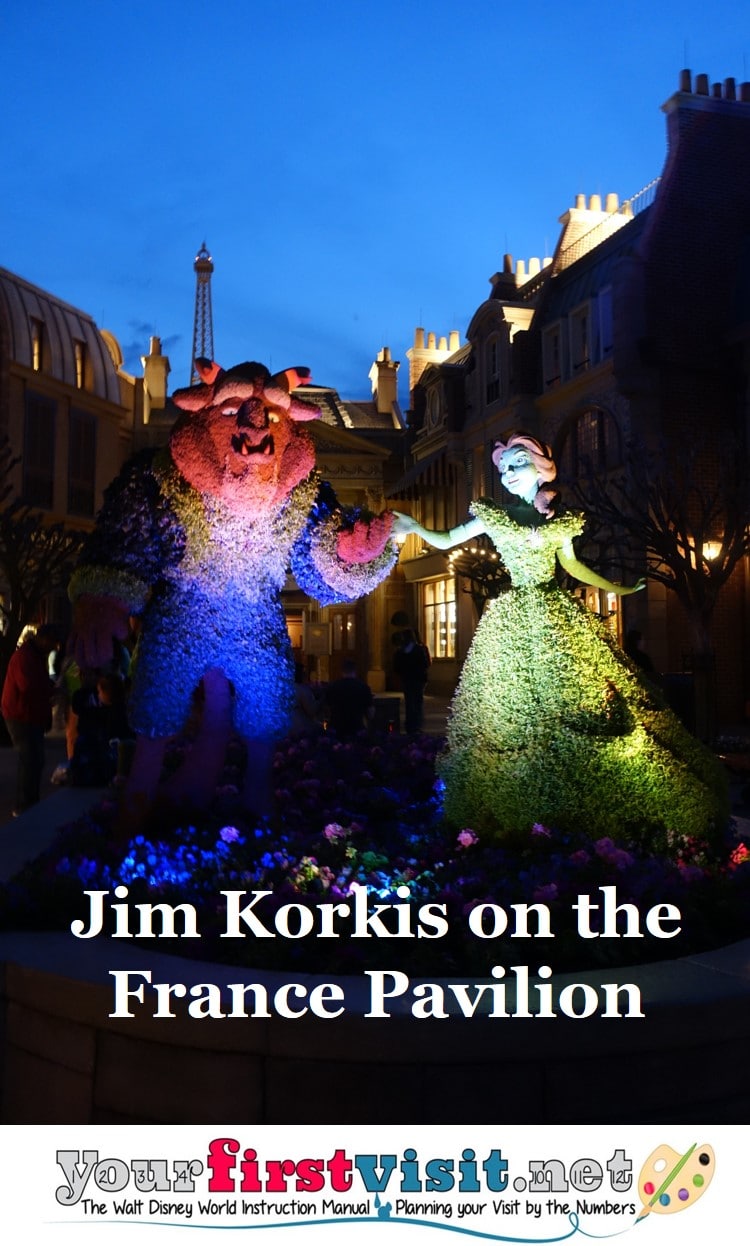
Architectural Designer Harry Webster, when he began designing the pavilion, thought to re-create the Place du Tetre, the artists’ colony near the cathedral of Sacre-Coeur, but decided the building would have dominated the skyline too much. He decided it would be more effective to have a “single exclamation point provided by the Eiffel Tower”.
The original Eiffel Tower in Paris was built in 1889 for the World’s Fair. Disney utilized the original blueprints and drawings of engineer Gustave Eiffel (who also designed the interior framework of the Statue of Liberty). One of the most famous landmarks in Paris, the Eiffel Tower was reconstructed at Epcot at one-tenth the scale of the original and rises 103 feet into the air. It includes replicas of tiny (non-working) elevators and turn-of-the century beacon lights.
Since guests are not allowed to go where the base of the structure would be, there was no reason to complete that part. The top of the tower actually rests on top of a building but its scale makes it look farther away and that other buildings in front are hiding the base so it seems complete. The actual tower is only 69 feet high on top of a 34 foot tall building.
When the Dolphin resort was built, guests could see the back of the pavilion, so additions had to be made to conceal the fact that the bottom of the tower was on top of a building.
The Eiffel Tower is more tan and pinkish than the one in Paris today. The reason is that it is meant to resemble the coloring of what it looked like in the late 1800s.
The schedule for filming Impression de France, the film shown in the pavilion, had to be readjusted because the iconic tower was soon to undergo a three year renovation. Since the film required four scenes of the tower, the shooting schedule was shifted so that those scenes were shot first.
The park bordering the canal along the right side of the pavilion was inspired by the famous painting “A Sunday Afternoon on the Island of La Grande Jatte” by pointillist artist Georges Seurat.
Behind Les Chefs de France is La Petite Rue (“The Little Street”) to showcase a typical rural street. It was meant to convey the design and craftsmanship of a street built without the aid of metropolitan construction work but “with strong farming hands, forming rustic and rugged looking exteriors and natural and unpretentious interiors”.
* * * * *
Thanks, Jim!
Here’s the scoop on France from our book, The easy Guide to Your Walt Disney World Visit:
And there’s more from Jim on World Showcase here. Come back next Friday for more from Jim Korkis!
In the meantime, check out his books, including his latest, Secret Stories of Disneyland, his Secret Stories of Walt Disney World: Things You Never You Never Knew, which reprints much material first written for this site, and his contributions to The easy Guide to Your Walt Disney World Visit, all published by Theme Park Press.
Follow yourfirstvisit.net on Facebook or Twitter or Pinterest!!
July 14, 2017 No Comments
A Friday Visit with Jim Korkis: Big Thunder Mountain
Welcome back to Fridays with Jim Korkis! Jim, the dean of Disney historians and author of Jim’s Gems in The easy Guide, writes about Walt Disney World history every Friday on yourfirstvisit.net.
BIG THUNDER MOUNTAIN IN FRONTIERLAND
By Jim Korkis
The specific details of the back story to the Big Thunder Mountain Railroad story varies from Disney park to Disney park–although the basic tale remains the same, of a mountain where gold mining disturbed the spirits who took control of the mine cars.
The California and Paris versions claim the great disaster that happened to the nearby town was the result of an earthquake while the Florida and Tokyo attractions depict massive flooding.
Big Thunder Mountain Railroad was the first major attraction designed by Imagineer Tony Baxter in 1973 but despite its approval, its construction was continually delayed.
When the design for Big Thunder Mesa by Imagineer Marc Davis for Walt Disney World was scrapped because it was too costly and time consuming to build, Baxter took elements from it and created a runaway mine train ride with his mentor Imagineer Claude Coats. It was the first ride to be built at Disneyland without direct input from Walt Disney.
The attraction opened at Disneyland in September 1979 followed by versions at Magic Kingdom Park in Florida in 1980, Tokyo Disneyland Park in 1987 and Disneyland Paris in 1992.
The Florida version is twenty-five percent larger than the Disneyland version, and unlike Disneyland’s mountain, the Walt Disney World façade is inspired by Utah and Arizona’s Monument Valley.
In 2012, as part of a Walt Disney World refurbishment and as a tribute to Baxter who was retiring, the attraction was re-themed with the queue featuring a portrait of Society of Explorers and Adventurers (S.E.A.) member Barnabas T. Bullion, “the gold magnate who rules the Big Thunder Mining Company with a golden fist,” holding an elaborate wooden cane topped by a huge gold nugget.
The portrait bears an unmistakable resemblance to the popular Imagineer and the middle initial of “T” according to Imagineering stands for “Tony”.
From the updated Walt Disney Imagineering back story:
“During the height of the gold rush, men in the town of Tumbleweed began looking for gold in the nearby mountain, Big Thunder, which was also an Indian Burial Ground. Though the mountain ‘thundered’ when anyone inspected it, these men took ore trains deep down into the caverns. They removed the gold and celebrated with poker games and parlor girls.
“Acts of God struck back. Mysterious spirits took control of the trains and spun them out of control, a flash flood inundated the town, and an earthquake hit. Everything was lost…
“Barnabas T. Bullion is the founder and president of the Big Thunder Mining Company. The longtime mining magnate comes from a powerful East Coast family and considers gold to be his very birthright by virtue of his oddly appropriate name; in fact, he considers the ultimate gold strike to be his destiny. And that is why he is having so much trouble with Big Thunder Mountain.
“According to superstitious locals, Big Thunder Mountain is very protective of the gold it holds within, and the unfortunate soul who attempts to mine its riches is destined to fail. And so far that prophecy is coming to pass. The mine has been plagued by mysterious forces and natural disasters ever since. And yet the Big Thunder Mining Company is still in operation.
“In fact, Bullion is discovering new veins of gold and digging new shafts every day, offering a closer look at the Big Thunder mining operation than ever before. But a word to the wise for anyone attempting to visit the mountain: watch out for runaway trains.”
A portrait of another S.E.A. member, Harrison Hightower III at Tokyo Disneysea’s Tower of Terror, resembles Baxter’s fellow Imagineer Joe Rohde.
* * * * *
Thanks, Jim! There’s more on the Society of Explorers and Adventurers here. And come back next Friday for more from Jim Korkis!
In the meantime, check out his books, including his latest, Secret Stories of Disneyland, his Secret Stories of Walt Disney World: Things You Never You Never Knew, which reprints much material first written for this site, and his contributions to The easy Guide to Your Walt Disney World Visit, all published by Theme Park Press.
Follow yourfirstvisit.net on Facebook or Twitter or Pinterest!!
July 7, 2017 No Comments
A Friday Visit with Jim Korkis: The Sunshine Tree Terrace
Welcome back to Fridays with Jim Korkis! Jim, the dean of Disney historians and author of Jim’s Gems in The easy Guide, writes about Walt Disney World history every Friday on yourfirstvisit.net.
THE SUNSHINE TREE TERRACE IN ADVENTURELAND
By Jim Korkis
Walt Disney Productions entered into negotiations with the Florida Citrus Commission (FCC) for a Florida Citrus Growers sponsored Magic Kingdom attraction in 1967. A contract was signed on Oct. 22, 1969, formalizing the FCC’s underwriting of a “tropical bird show” at a cost of three million dollars. The following year, 1970, WED Enterprises created the Orange Bird character to serve as the FCC’s official mascot in promotional campaigns.
The final design of the character was by C. Robert “Bob” Moore who handled many special projects for the Disney Company, including designing the Walt Disney postage stamp and the eagle mascot for the 1984 Olympic games.
When the Tropical Serenade show (a duplicate of Disneyland’s Enchanted Tiki Room show) finished, guests exited by the Sunshine Tree Terrace for drinks, slushes, Orange sippers and the Citrus Orange Swirl. Strangely, only frozen—not fresh—orange juice was used.
From the back of the Terrace was the Florida Sunshine Tree — a large replica of a citrus tree with artificial fruit, blossoms, and leaves — which was the creation of Disney technicians who studied Florida citrus trees a long time before putting the tree together limb by limb in a combination of reality and fantasy. The tree was the icon for the Florida citrus industry and adorned the costumes worn by the cast members who worked at the location in the early days.
In its branches was the little Orange Bird. Above his head was a small screen upon which was shown happy orange thoughts from a projector in the back wall. Since, according to the song about him, the bird was unable to talk, he communicated through these orange thoughts that would appear over his head.
A fifteen minute loop of tropical music played at the location. In addition to the little figure in the branches of the tree, there was a walk-around costumed character Orange Bird with a big head and a pajama suit type body.
When the contract with the Florida Citrus Commission ran out, the bird was removed in 1986. But in April 17, 2012, the Orange Bird returned to Sunshine Tree Terrace signage and a new line of Orange Bird merchandise appeared on the shelves.
An Orange Bird statue that was on display at Sunshine Tree Terrace in the 1970s was retrieved from the WDI Sculpture Studio in California where it was found untouched and forgotten in a drawer, and after restoration was re-installed.
Over the years there were two distinct orange birds that swung on a little perch at the Terrace. The first one was a static figure on a moving swing and was there when the pavilion first opened in 1971. One of the reasons it still existed and was in good shape was that it was soon replaced at the Terrace with an improved and upgraded version that moved its green leaf wings up and down, as well as its head, as it swung back and forth giving it more of an illusion of life. That particular figure still seems to be unaccounted for at the moment.
On March 15, 2015, the Sunshine Tree Terrace traded locations with Aloha Isle Refreshments but both kept their same menus. The Orange Bird was relocated to the new location on May 29.
The figureheads of water buffalo on top of the original location were chosen because the building was so tall that it could be seen in Frontierland. It was hoped that the long horns on the stylized figures might be mistaken by guests as Wild West long horn cattle when viewed from that other land.
* * * * *
Thanks, Jim! And come back next Friday for more from Jim Korkis!
In the meantime, check out his books, including his latest, Secret Stories of Disneyland, his Secret Stories of Walt Disney World: Things You Never You Never Knew, which reprints much material first written for this site, and his contributions to The easy Guide to Your Walt Disney World Visit, all published by Theme Park Press.
Follow yourfirstvisit.net on Facebook or Twitter or Pinterest!!
June 30, 2017 No Comments
A Friday Visit with Jim Korkis: The Italy Pavilion
Welcome back to Fridays with Jim Korkis! Jim, the dean of Disney historians and author of Jim’s Gems in The easy Guide, writes about Walt Disney World history every Friday on yourfirstvisit.net.
THE ITALY PAVILION IN EPCOT’S WORLD SHOWCASE
By Jim Korkis
The Imagineers decided to theme the Italian pavilion in Epcot’s World Showcase to the city of Venice, because they felt Venice would be the most readily recognizable location to guests as representing Italy since that city had so many famous architectural icons.
The Isola del Lago on the lagoon side of the pavilion (Isle of the Lake) was to give the opportunity of seeing the pavilion from one of the over 120 islands connected by canals, rather than streets, that make up the city of Venice. It includes several pedestrian bridges, a very common sight in Venice and gives it an aura of authenticity.
The Isola would also offer the opportunity to have gondolas moored at the distinctive poles. Gondolas are the main method of transportation in Venice. Different types of watercraft were originally meant to distinguish the various pavilions for guests viewing the area from across the World Showcase Lagoon or from the Friendship boats.
Standing 83 feet tall, the campanile, or bell tower, resembles the one in Piazza di San Marco or St. Mark’s Square in Venice. Just like the original on which it is based, it is located adjacent to the Doge’s Palace.
However, to balance the skyline by giving it greater symmetry and not to give the pavilion more acreage than the other pavilions, it is placed on the opposite side. It was built to one-fifth the scale of the original.
On top of the campanile is the Archangel Gabriel. This exact replica of the original was painstakingly covered in gold leaf. That detail was done for practical reasons since it would not tarnish and prevent frequent refurbishment. An unadorned replica of the statue was placed in the garden to the right for guests to get a better view of it.
The pink and white Doge’s Palace is a reproduction of the residence for the Dukes who ruled Venice for seven centuries. The palace facade is lavishly adorned with ornamentation and statuary. At the very top is the statue of Justice that stands guard over the building. The building is a blend of Gothic and Renaissance styles.
The Doge’s Palace is schematically correct in its delicate and profuse ornamentation, columns, colonnades and distinctive design pattern. Working from photographs and on-site visits, the Imagineers made a remarkably convincing facsimile right to down to the elaborate door handles.
Unlike the original, this version was made from fiberglass and plaster although it was made to look like the original marble and stone. The marble on the façade is actually brick which has been treated with fiberglass. Underneath the columns and arches are steel girders and beams providing the actual support for the building.
The statues seem to be made of solid stone but are actually hollow. They are lightweight and could easily blow away. To prevent this from ever happening, they are held in place with rods which run from their base through their hollow centers.
The interior does not duplicate the interior of the original. Imagineers adapted architectural elements from the periods during which the palace was built and so is an accurate representation of the styles from the 9th through the 16th century.
At the far end and around the corner of Disney’s Doge’s Palace is a carving of a grotesque face. Citizens could anonymously, and often hidden in the darkness of night, drop slips of paper into the open mouths of these types of faces and report their neighbors for crimes or voice complaints about government actions. The face located at the Doge’s Palace was specifically intended to be used to report financial crimes including tax fraud.
* * * * *
Thanks, Jim! And here’s a little more on Italy, from The easy Guide to Your Walt Disney World Visit:
Come back next Friday for more from Jim Korkis! In the meantime, check out his books, including his latest, Secret Stories of Disneyland, his Secret Stories of Walt Disney World: Things You Never You Never Knew, which reprints much material first written for this site, and his contributions to The easy Guide to Your Walt Disney World Visit, all published by Theme Park Press.
Follow yourfirstvisit.net on Facebook or Twitter or Pinterest!!
June 23, 2017 No Comments




